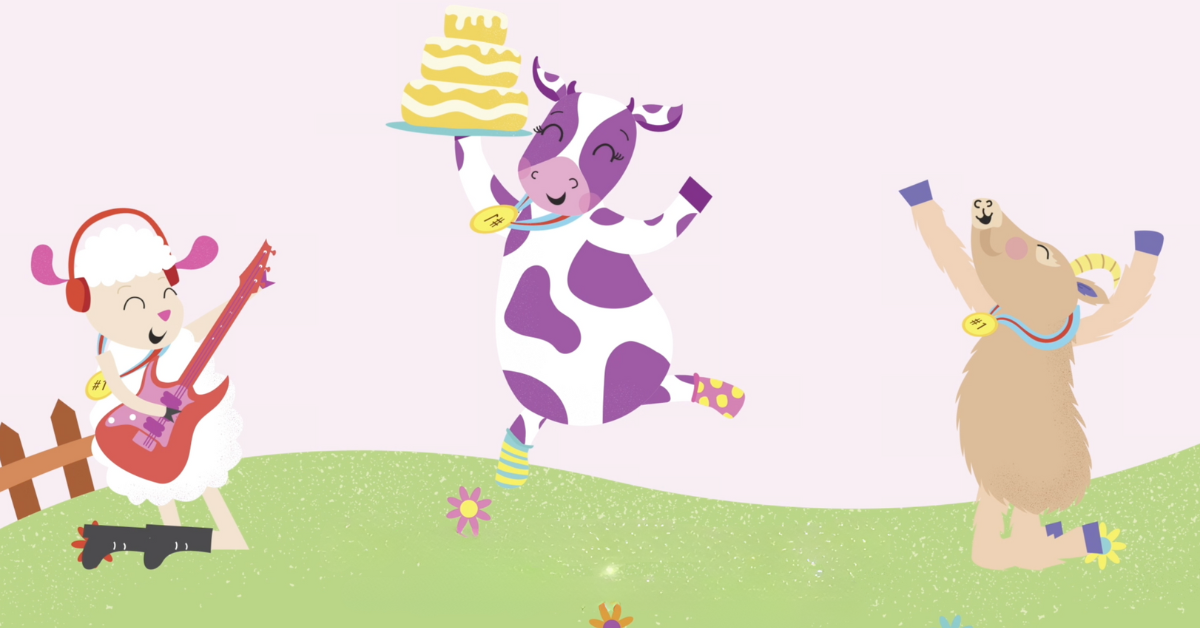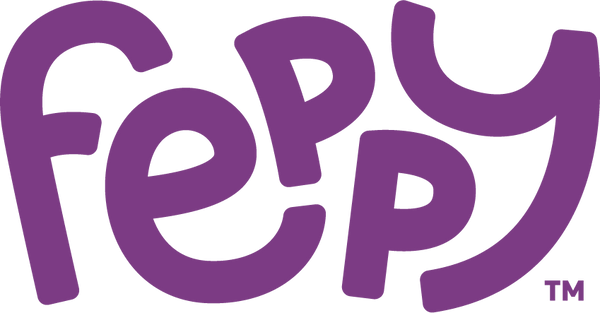
From TikTok to Tradition: Unraveling the Charm of La Vaca Lechera
Nursery rhymes hold a special place in the hearts of people around the world. They're like those magical time capsules that teleport us straight into our childhood wonderland, aren't they?
In the realm of Spanish-speaking cultures, one nursery rhyme that has captivated generations is "La Vaca Lechera." This delightful song, with its catchy tune and charming lyrics, has stood the test of time and continues to bring joy to children and adults alike.
In this article, we will explore the origins of "La Vaca Lechera," its modern-day popularity, and the intriguing meaning behind its lyrics, including the enigmatic phrase "tolón tolón."
Get ready for a joy ride down memory lane!
"La Vaca Lechera" - A Symphony of Joy - Lyrics and Origins
"La Vaca Lechera" can transport anyone to childhood memories, as its lyrics are etched in the minds of countless individuals. Let's revisit the beloved song:
Tengo una vaca lechera,
no es una vaca cualquiera.
Me da leche condensada,
ay! que vaca tan salada.
This traditional Spanish nursery rhyme dates back to the early 20th century, and its exact origins are rooted in Spanish folklore. Jacobo Morcillo created this song in 1946 during a train ride inspired by looking at a Galician cow; he never imagined the success that this song was going to have later on.
This catchy piece of musical goodness has been passed down from one awesome generation to the next, weaving itself into the very fabric of Spanish folklore. It's like the baton of joy that's been handed down from grandmas to grandkids, a true legacy of happiness!
"La Vaca Lechera" in Today’s Social Media World
"La Vaca Lechera" has been cherished through the years, yet its presence has not faded in the digital age and is still one of the most popular children's songs. The song has experienced a resurgence, especially on social media platforms like TikTok. Feppy’s version of the song even became viral in 2021, with thousands of people creating videos with the sound and millions watching it.
The charm of "La Vaca Lechera" has inspired various adaptations and remixes, including the cool twist: "La Vaca Lechera Reggaeton." This fusion of traditional elements with modern music styles has introduced the nursery rhyme to new audiences, fostering its popularity beyond traditional contexts. It basically sounds like the song went on a tropical vacation and came back with a snazzy makeover.
What's the English translation of "La Vaca Lechera"?
For those who don't understand Spanish, the allure of "La Vaca Lechera" can remain elusive. Therefore, let's unveil the English translation of the nursery rhyme:
I have a milking cow,
She's not just any cow.
She gives condensed milk,
Oh! What a charming cow.
The translation captures the essence of the original lyrics while maintaining the whimsy that makes the song so endearing.
The Meaning of "Tengo una Vaca Lechera"
At its surface, "La Vaca Lechera" may seem like a simple song about a cow that provides condensed milk. But hold on, there's a deeper layer here. The "milking cow" can be seen as a metaphor for nurturing and providing sustenance, symbolizing the love and care that parents or caregivers offer to their children.
The song's charm lies in its innocence, conveying the joys of childhood and the tender moments shared between caregivers and young ones.
Language and Origin of "Tengo una Vaca Lechera"
As evident from the title, "Tengo una Vaca Lechera" is written in Spanish, the language of its origin. This song's cultural significance is deeply ingrained in the traditions and heritage of Spanish-speaking communities, making it a cherished piece of their cultural identity.
It's worth noting that different regions may have slight variations in the lyrics, adapting the song to local dialects and customs while preserving its core essence.
What Exactly is "Tolón Tolón"?
One peculiar aspect of "La Vaca Lechera" is the recurring phrase "tolón tolón."
While it may not have a specific dictionary definition, this onomatopoeic expression adds a playful and rhythmic touch to the song. It could be interpreted as the cheerful sound of the cow's hooves or the jingling of a bell, adding to the overall charm of the nursery rhyme.
*Tolón, tolón is an onomatopoeia imitating the sound of big bells ringing (= ding dong)
The Timeless Appeal of "La Vaca Lechera"
Why does "La Vaca Lechera" never seem to age? It's like a potion that freezes time. Its enduring popularity can be attributed to its timeless appeal. Its catchy melody, delightful lyrics, and cultural significance create a song that resonates with people of all ages. It has become a symbol of childhood innocence, connecting generations through shared memories and experiences.
How Feppy Bilingual Songs Help Raise Bilingual Children
The magic of nursery rhymes isn't just about dancing cows and catchy tunes. Nursery rhymes, like "La Vaca Lechera" and all the other Feppy bilingual songs play a crucial role in early childhood development and are amazing tools to raise bilingual rockstars. We’ve created original versions to many loved songs that are modern, entertaining, and fun. All that while they aid in language learning, cognitive skills, and cultural understanding. These traditional songs are essential for preserving cultural heritage, passing down folklore, and instilling a sense of identity in young minds.
Remember this:
"La Vaca Lechera" is more than a song. It's a smile-trigger, a memory maker, a heart-warmer, and a bridge between generations. Every time you hear its familiar notes, let it whisk you away to the days when "tolón tolón" was the soundtrack of your childhood adventures. Embrace the magic, share the joy, and let the legacy live on.
For more creative and fun ideas on how to play, learn, and grow in two languages visit www.feppy.com.
